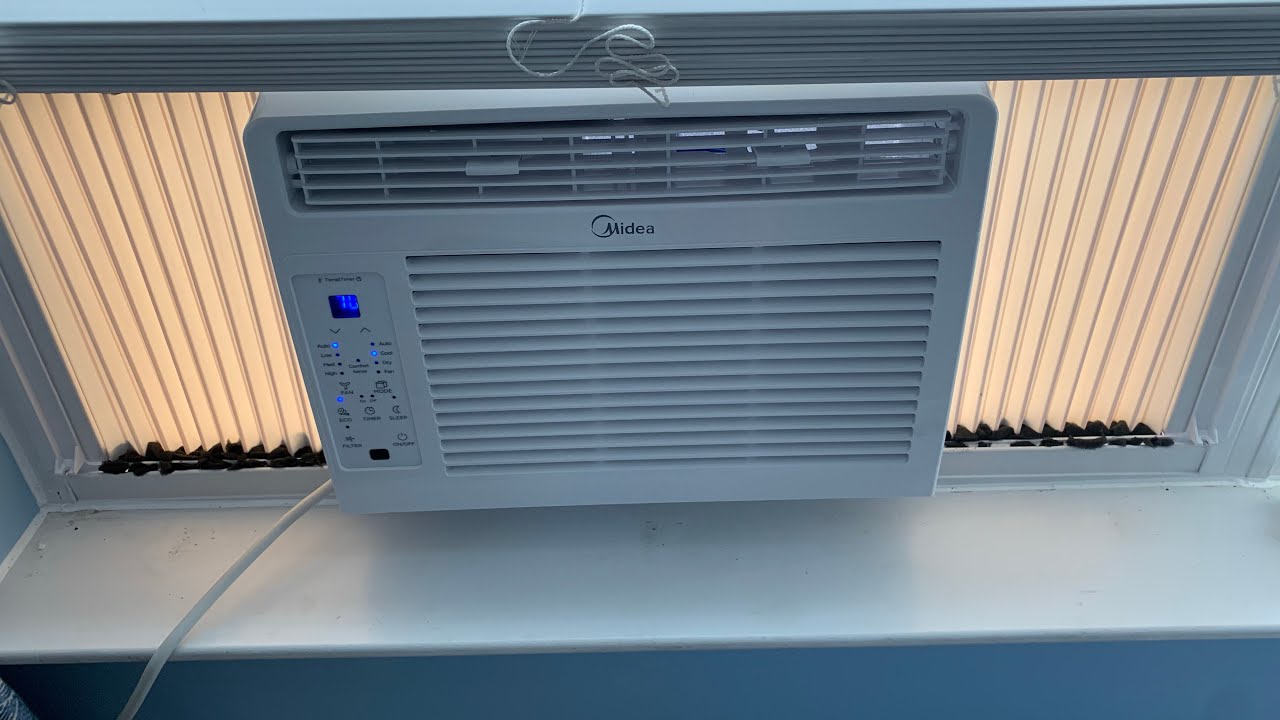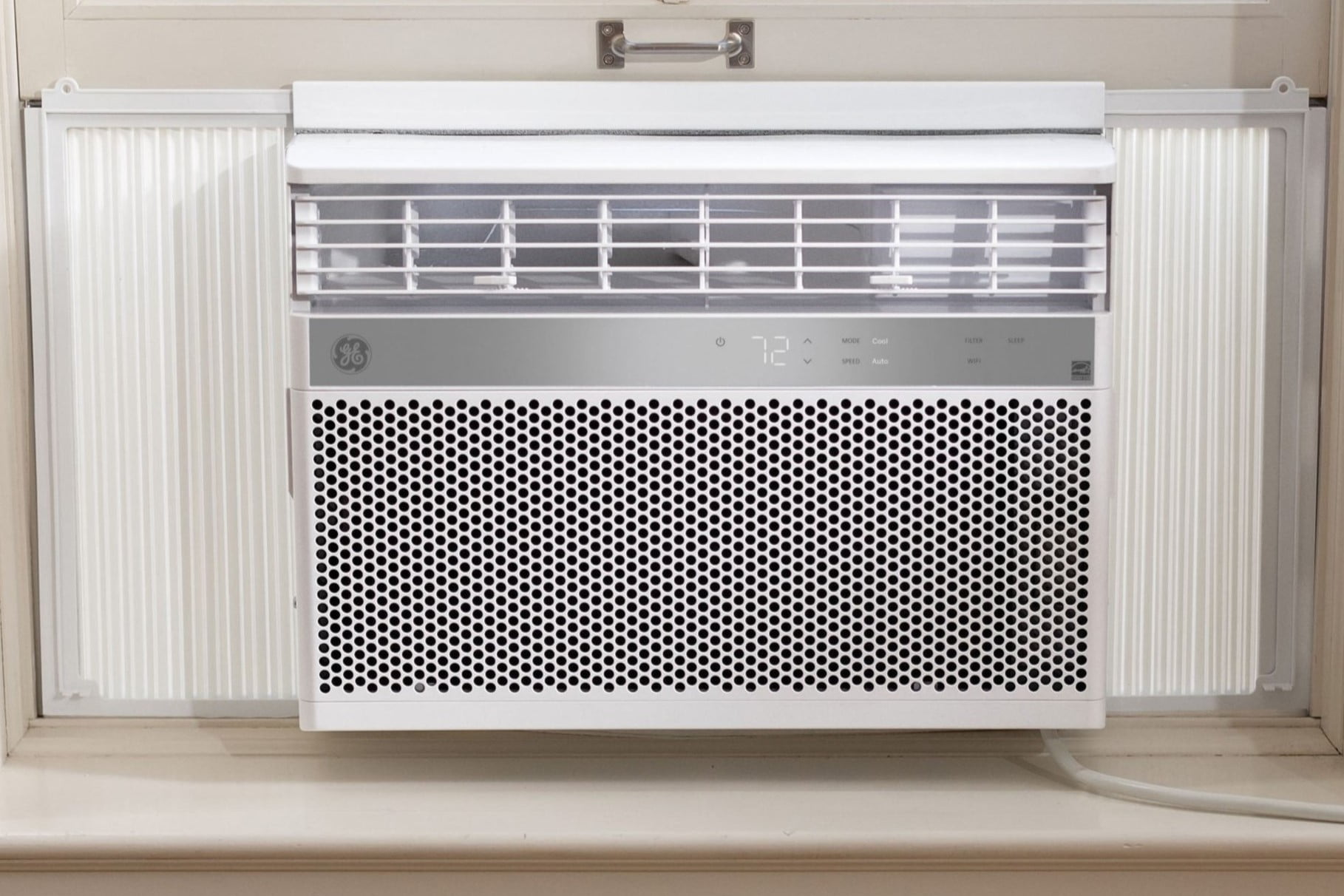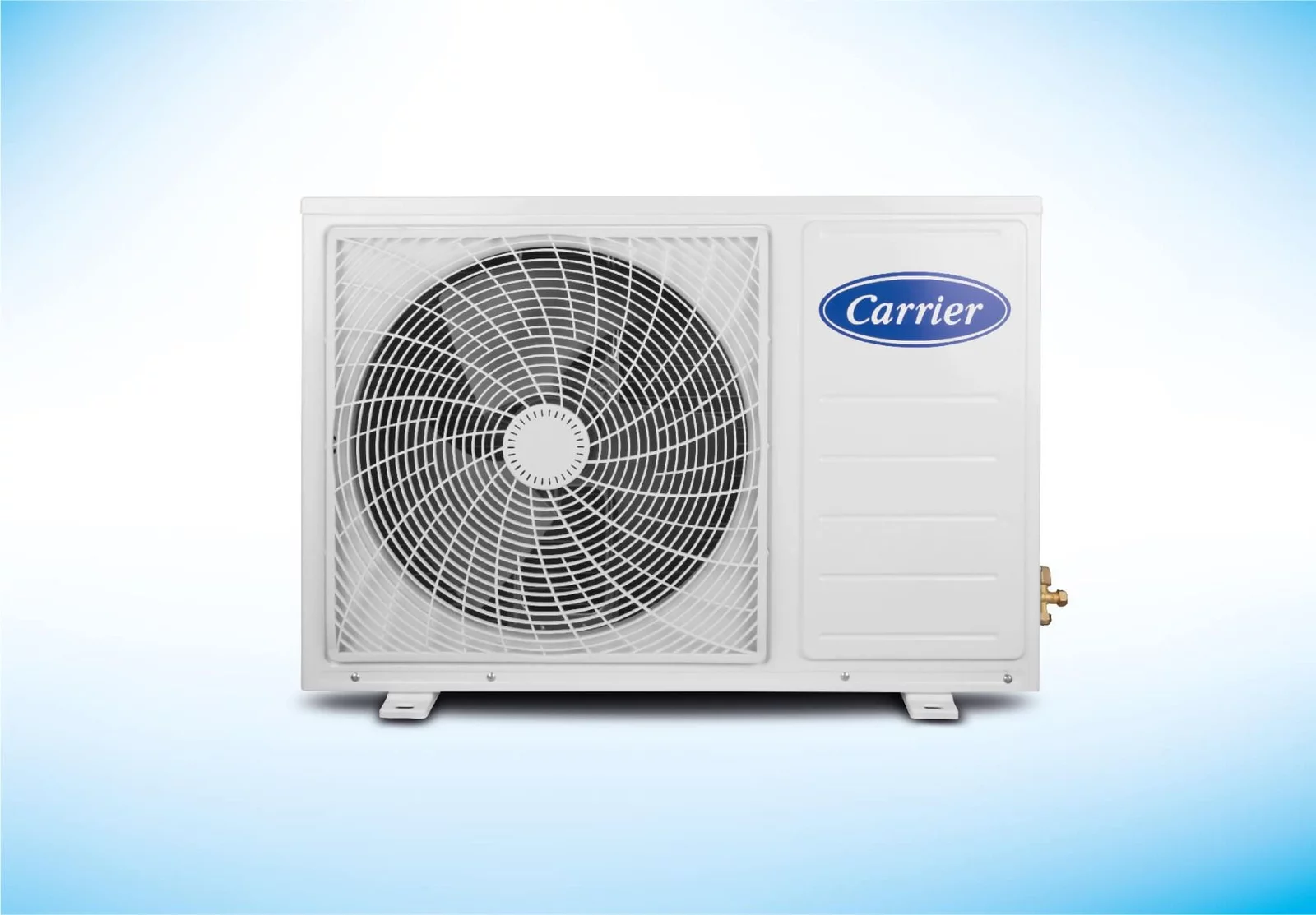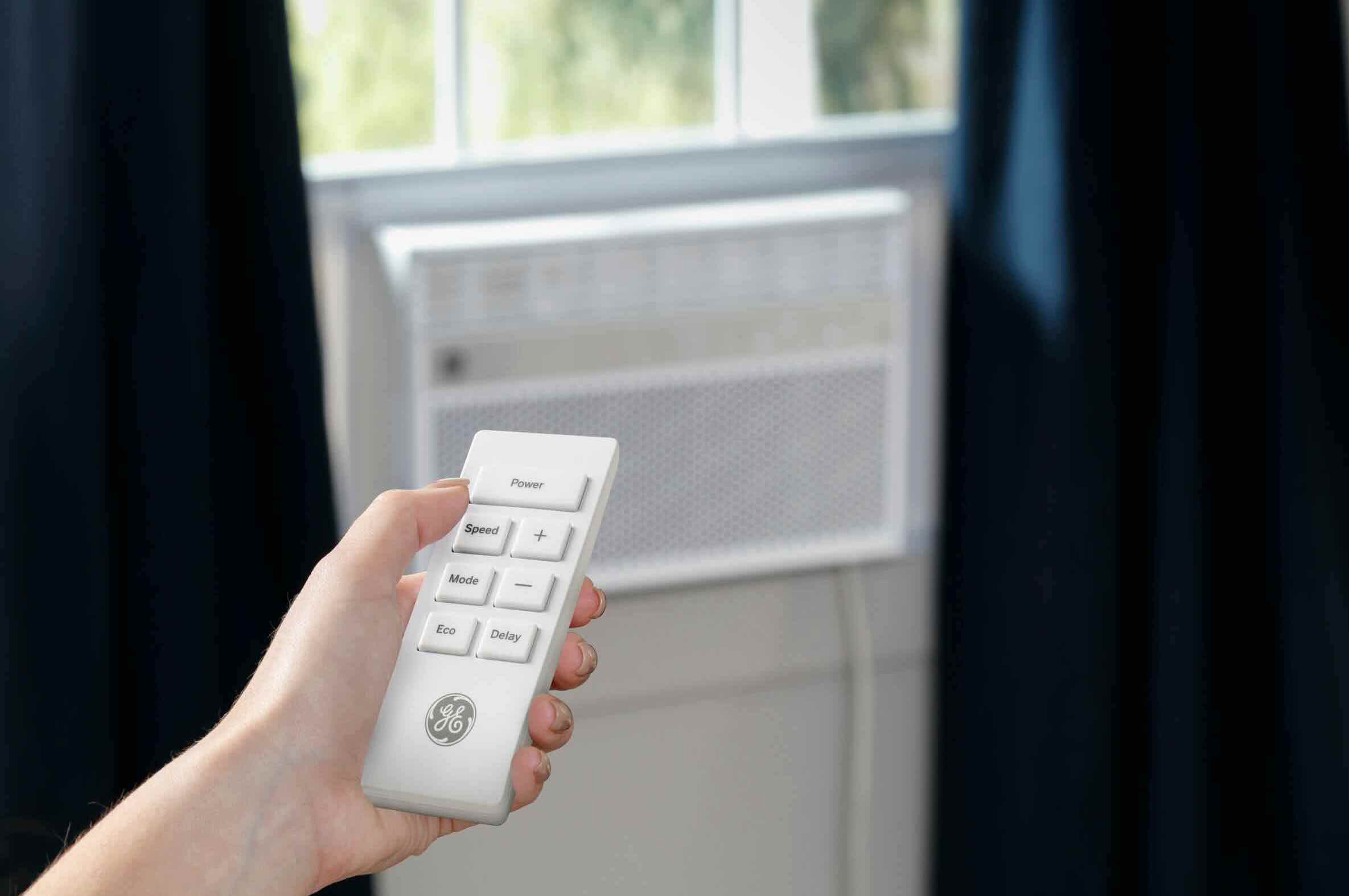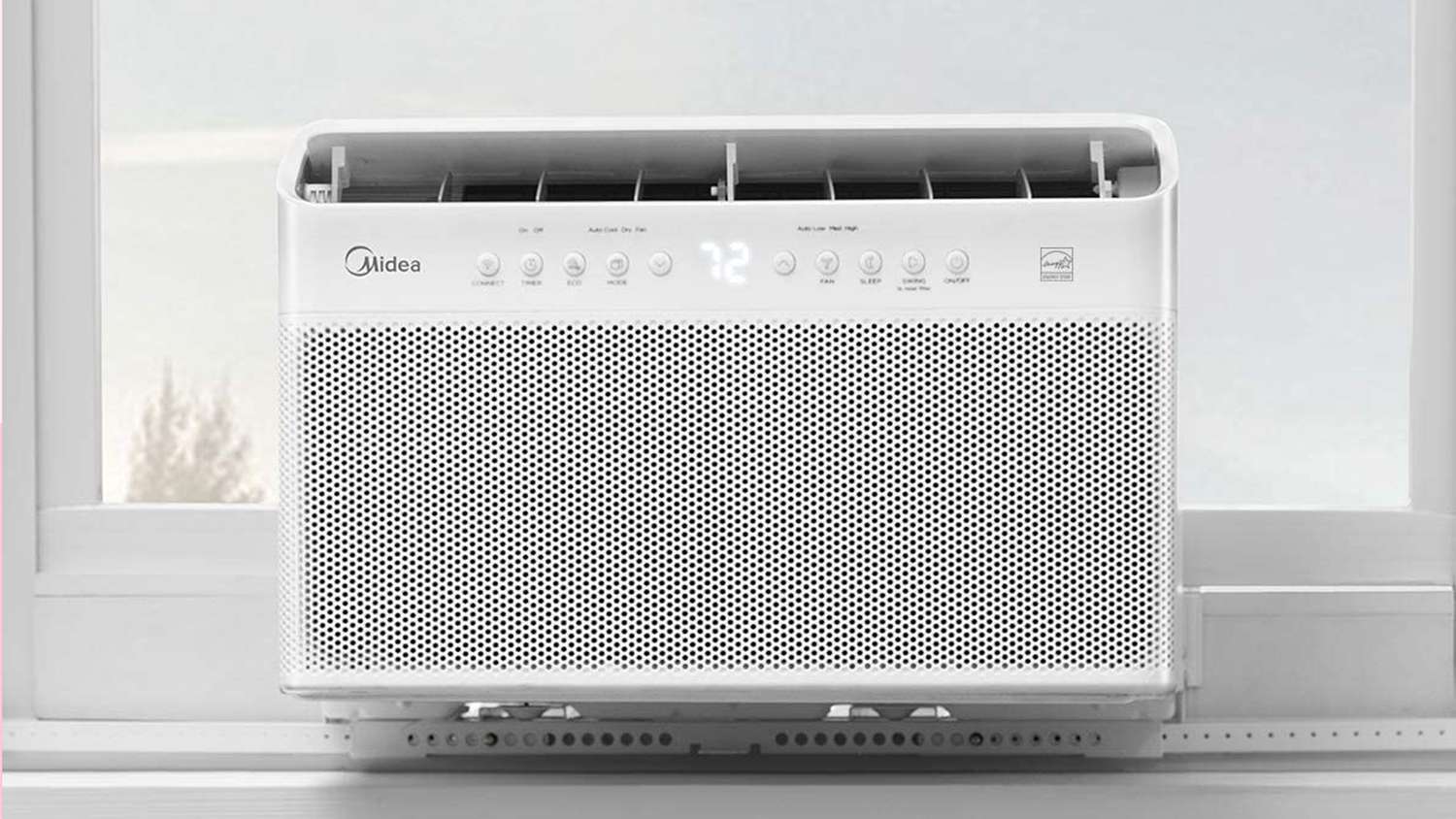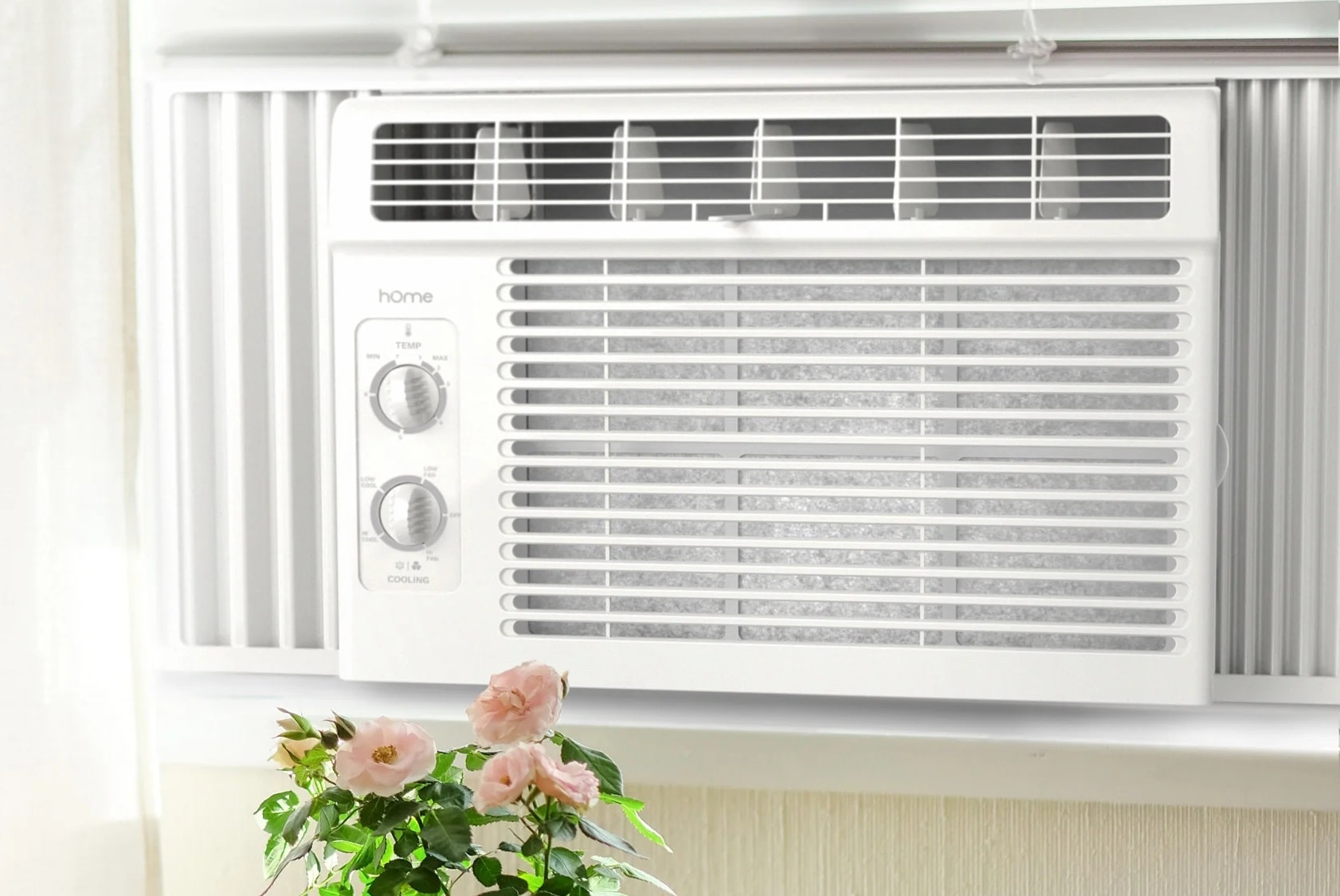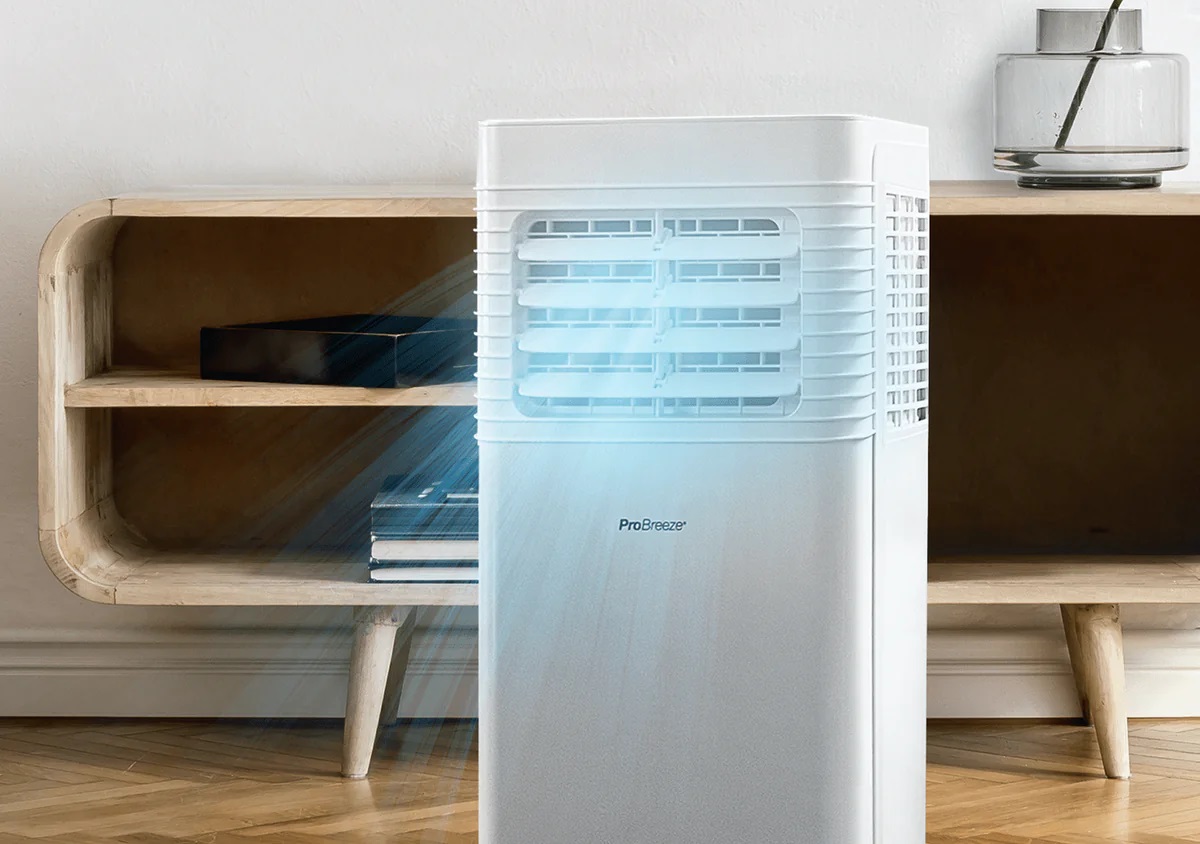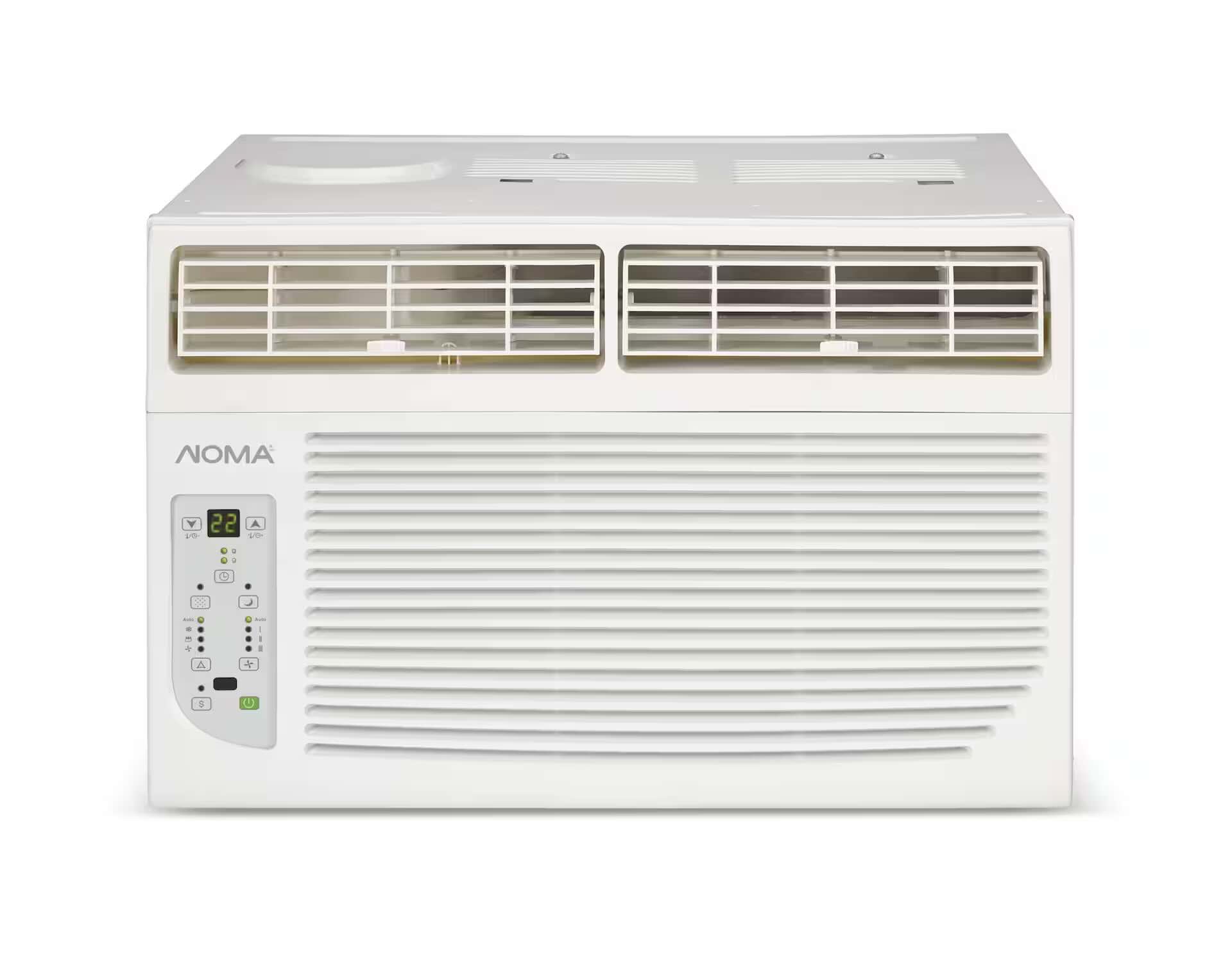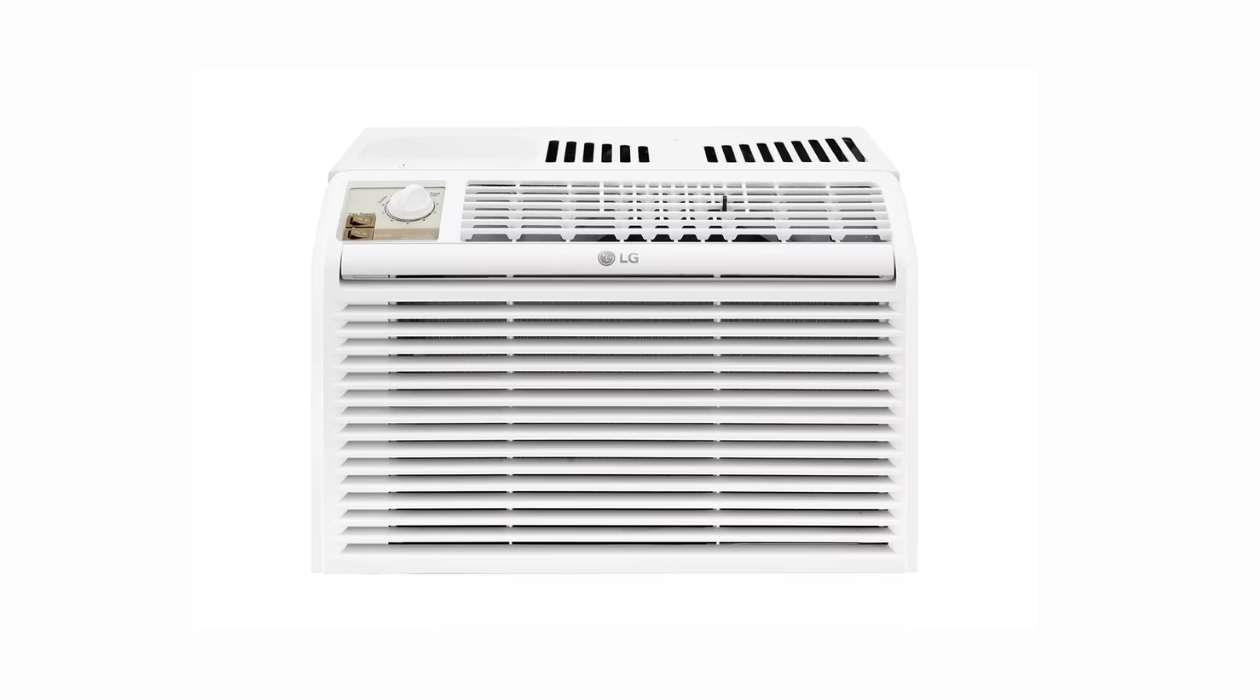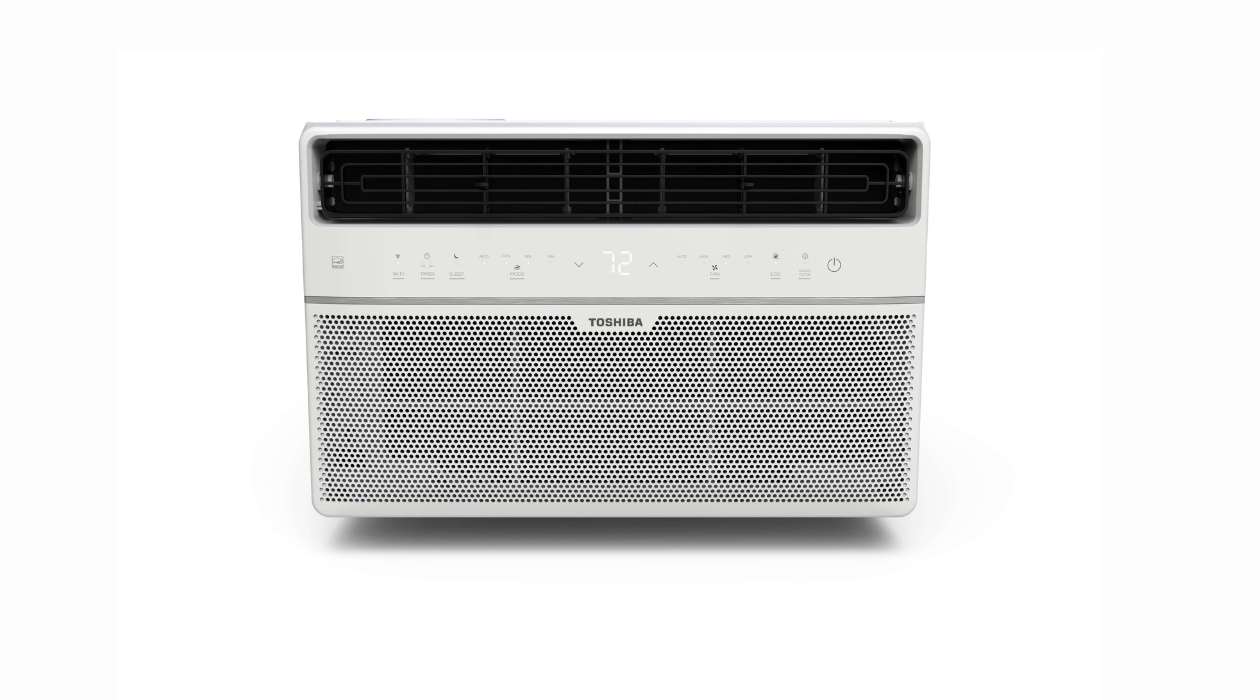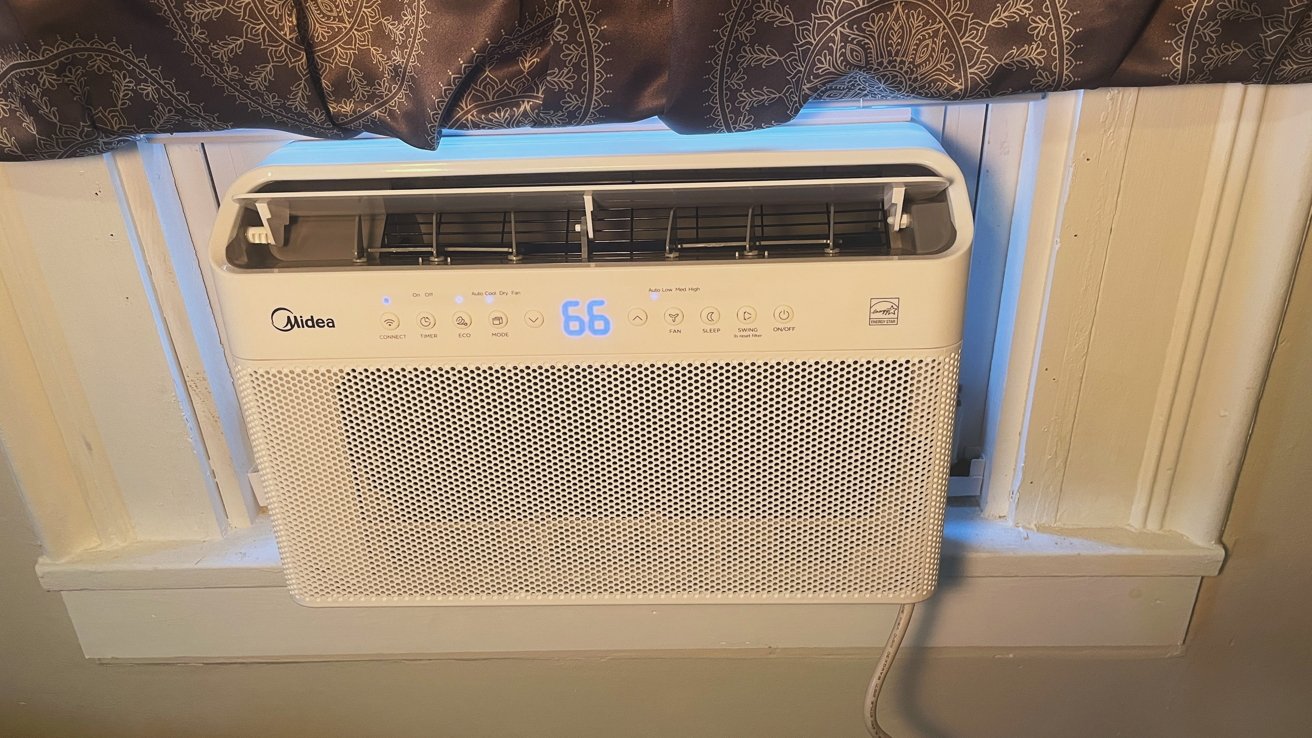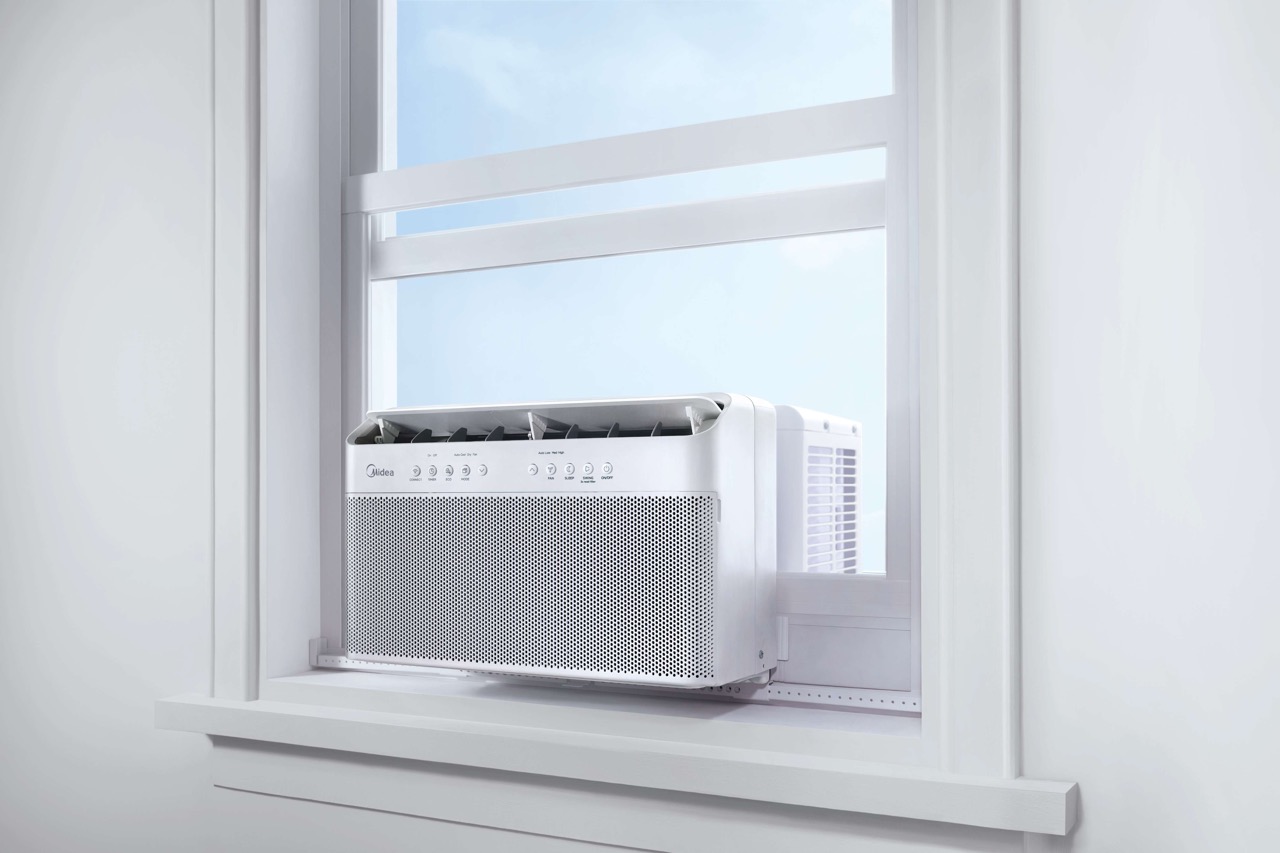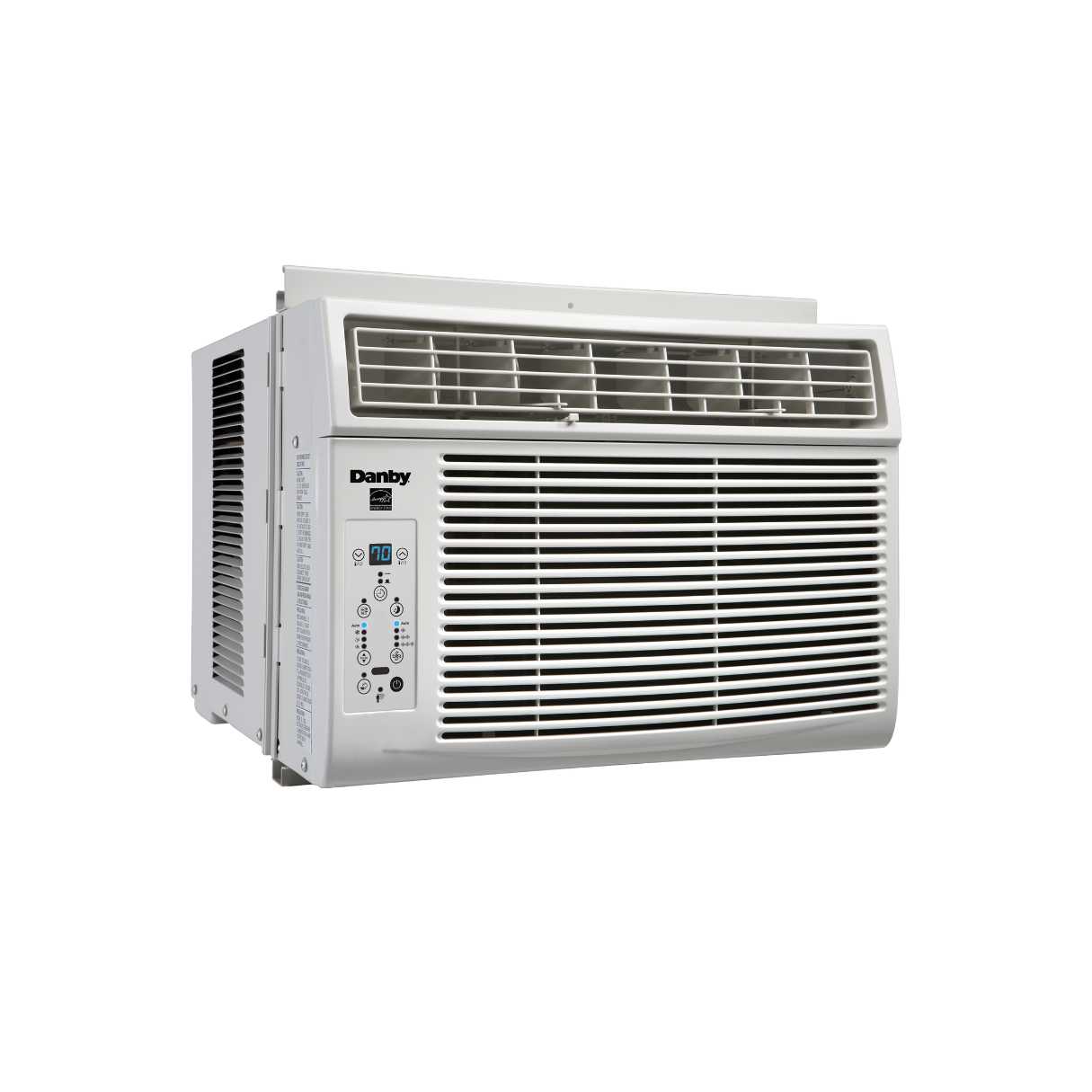Home>Home Maintenance>How To Determine BTU For An Air Conditioner


Home Maintenance
How To Determine BTU For An Air Conditioner
Modified: March 7, 2024
Learn how to determine the BTU for your air conditioner in this comprehensive guide. Ensure optimal home maintenance with accurate BTU calculations.
(Many of the links in this article redirect to a specific reviewed product. Your purchase of these products through affiliate links helps to generate commission for Storables.com, at no extra cost. Learn more)
Introduction
Welcome to the world of home maintenance! Whether you are a seasoned DIY enthusiast or a new homeowner looking to take care of your humble abode, understanding how to determine the BTU (British Thermal Units) for an air conditioner is essential. BTU is a unit of measurement used to quantify the amount of heat that an air conditioner can remove from a room.
Choosing the right BTU rating for your air conditioner is crucial for optimal cooling efficiency and energy savings. Overestimating or underestimating the BTU requirements can lead to discomfort, higher energy bills, and potential damage to the air conditioner.
In this comprehensive guide, we will delve into the world of BTU calculations for air conditioners. We will explore the factors to consider, methods of calculation for single and multiple rooms, as well as adjustments and considerations to optimize cooling performance. So, let’s dive in and demystify the world of BTU for air conditioners!
Key Takeaways:
- Choose the right BTU rating for your air conditioner by considering room size, ceiling height, insulation, climate, sunlight exposure, and occupancy. This ensures efficient cooling and energy savings.
- Optimize your air conditioning system by placing the thermostat strategically, maintaining regular upkeep, ensuring proper insulation, using shading techniques, and managing airflow. These adjustments enhance comfort and save energy.
Read more: Where Is The Btu On An Air Conditioner
Understanding BTU (British Thermal Units)
Before delving into the intricacies of determining the BTU requirements for an air conditioner, it is crucial to have a solid understanding of what BTU actually represents. BTU, or British Thermal Unit, is a unit of measurement that quantifies the amount of heat energy needed to raise the temperature of one pound of water by one degree Fahrenheit.
In the context of air conditioning, BTU refers to the cooling capacity of an air conditioner. It measures how much heat the unit can remove from a room within a specified period of time. The higher the BTU rating, the more powerful the air conditioner is, and the larger the space it can effectively cool.
When it comes to selecting an air conditioner, it is essential to choose one with an appropriate BTU rating for the size of the room or area you wish to cool. An air conditioner with too low of a BTU rating will struggle to cool the space efficiently, resulting in discomfort and higher energy consumption. On the other hand, an air conditioner with too high of a BTU rating may cool the room too quickly, leading to frequent cycling on and off, which reduces energy efficiency and can cause uneven temperature distribution.
The BTU requirement for an air conditioner is influenced by several factors, including the size of the room, ceiling height, insulation, climate, and sunlight exposure. Understanding these factors and how they affect BTU requirements will enable you to make an informed decision when selecting the right air conditioner for your needs.
Now that we have a basic understanding of BTU and its significance in air conditioning, let’s explore the factors that need to be considered in determining the appropriate BTU rating for your air conditioner.
Factors to Consider for Determining BTU
When determining the BTU rating for an air conditioner, several factors come into play. These factors help ensure that the air conditioner is capable of effectively cooling the room or area in question. Let’s take a closer look at the key factors to consider:
- Room Size: The size of the room is a crucial determinant of the BTU rating required for an air conditioner. A larger room will require a higher BTU rating to cool effectively, while a smaller room will require a lower BTU rating. As a general rule of thumb, you can estimate the BTU requirement by multiplying the square footage of the room by 20.
- Ceiling Height: The ceiling height of a room also plays a role in determining the BTU rating. Rooms with higher ceilings tend to retain more heat, requiring a higher BTU rating to compensate. If the ceiling height exceeds 8 feet, it is recommended to add an additional 10% to the calculated BTU requirement.
- Insulation: The quality of insulation in the room significantly impacts its cooling requirements. Well-insulated rooms retain cool air better, reducing the workload on the air conditioner. If the room has poor insulation or is exposed to excessive heat gain, such as from large windows or inadequate weather stripping, it may require a higher BTU rating to compensate.
- Climate: The climate in which the room is located plays a role in determining the BTU requirements. Hotter climates require air conditioners with higher BTU ratings to effectively cool the space. For mild climates, lower BTU ratings may suffice.
- Sunlight Exposure: The amount of direct sunlight that enters the room can significantly impact its cooling needs. Rooms that receive ample sunlight will require a higher BTU rating to offset the heat gain. On the other hand, rooms with minimal sunlight exposure may require a lower BTU rating.
- Occupancy: The number of people regularly occupying the room can affect the BTU requirements. More occupants generate more body heat, increasing the cooling load. If the room is frequently occupied by multiple individuals, it may require a higher BTU rating.
By considering these factors, you can more accurately determine the BTU rating needed for your air conditioner. Keep in mind that these are general guidelines, and it is always advisable to consult the manufacturer’s recommendations and seek professional advice if needed. Now let’s explore how to calculate the BTU requirements for single rooms.
Calculating BTU for Single Rooms
When calculating the BTU requirements for a single room, it is important to consider the factors mentioned earlier, such as room size, ceiling height, insulation, climate, sunlight exposure, and occupancy. By taking these factors into account, you can determine the appropriate BTU rating for your air conditioner. Here’s a step-by-step guide on how to calculate the BTU requirements for single rooms:
- Measure the Room: Start by measuring the length and width of the room in feet. Multiply the two measurements to calculate the square footage of the room.
- Adjust for Ceiling Height: If the ceiling height is greater than 8 feet, add 10% to the square footage of the room.
- Consider Insulation and Sunlight Exposure: Evaluate the insulation level of the room and the amount of sunlight it receives. If the room has poor insulation or receives significant sunlight, consider increasing the BTU rating accordingly.
- Account for Occupancy: If the room is regularly occupied by multiple individuals, add approximately 600 BTU for each additional person to account for their body heat.
- Calculate the BTU: Multiply the adjusted square footage by the appropriate BTU-per-square-foot value. As a general guideline, use 20 BTU per square foot for rooms with good insulation and sunlight control. For rooms with poor insulation or excessive sunlight exposure, you may need to use a higher value, such as 25-30 BTU per square foot.
For example, let’s say you have a well-insulated room measuring 12 feet by 15 feet with a ceiling height of 9 feet and no significant sunlight exposure. The square footage of the room would be 180 square feet (12 feet x 15 feet). Since the ceiling height exceeds 8 feet, you would add 10%, making it 198 square feet (180 square feet + 10%). Using the guideline of 20 BTU per square foot, the estimated BTU requirement for this room would be 3,960 BTU (198 square feet x 20 BTU per square foot).
Remember, these calculations are approximate guidelines, and actual BTU requirements may vary based on individual circumstances. It is always recommended to consult the manufacturer’s specifications and seek professional advice when determining the BTU requirements for your specific needs.
Now that we have covered how to calculate the BTU requirements for single rooms, let’s explore how to determine the BTU for multiple rooms.
When determining the BTU for an air conditioner, consider the size of the room, insulation, and the number of occupants. Use a BTU calculator to find the right size unit for your space.
Calculating BTU for Multiple Rooms
When determining the BTU requirements for multiple rooms, it is essential to consider the individual BTU requirements of each room as well as the overall cooling needs of the entire space. Here’s a step-by-step guide on how to calculate the BTU requirements for multiple rooms:
- Calculate BTU for Each Room: Use the method mentioned earlier to calculate the BTU requirements for each individual room. Consider factors such as room size, ceiling height, insulation, sunlight exposure, and occupancy.
- Sum up the Individual BTU Requirements: Add up the BTU requirements for each room to determine the total BTU capacity needed for the entire space. This will give you an estimate of the overall cooling power required to adequately cool all the rooms.
- Consider Adjustments: Take into account any adjustments that may be necessary due to shared walls or interconnected spaces. If there are rooms that share walls or doors, it may be possible to reduce the BTU rating for those shared areas since the cooling load will be distributed between the rooms.
- Choose the Appropriate Air Conditioning System: Based on the total BTU capacity calculated, select an air conditioning system that can meet or slightly exceed the total BTU requirement. It is generally recommended to choose a slightly higher BTU rating to ensure optimal cooling performance.
- Consider Zoning Options: If you have multiple rooms with different cooling needs, you may want to consider a zoned air conditioning system. Zoning allows you to control the temperature independently in different areas, providing customized comfort and potentially saving energy.
By following these steps, you can determine the overall BTU requirements for multiple rooms. However, it is important to remember that these calculations are approximate guidelines. The specific layout, insulation, and usage patterns of your home may require adjustments or professional advice to ensure the most accurate BTU calculation.
Once you have determined the BTU requirements for your multiple rooms, you can confidently select an air conditioning system that meets your cooling needs. Remember to consider factors such as energy efficiency, noise levels, and maintenance requirements when making your final decision.
Now that we have covered calculating BTU for both single rooms and multiple rooms, let’s explore some adjustments and considerations to optimize cooling performance.
Adjustments and Considerations
When it comes to optimizing the cooling performance of your air conditioning system, there are a few adjustments and considerations to keep in mind. These factors can help ensure that your system operates efficiently and provides optimal comfort. Let’s explore some of these adjustments and considerations:
- Thermostat Placement: Ensure that your thermostat is installed in an appropriate location. It should be placed away from direct sunlight, drafts, and heat sources. This will ensure accurate temperature readings and prevent the system from running unnecessarily.
- Regular Maintenance: Schedule regular maintenance for your air conditioning system. This includes cleaning or replacing filters, checking for refrigerant leaks, lubricating moving parts, and ensuring proper airflow. Regular maintenance helps improve efficiency, prolong the lifespan of the system, and reduce the likelihood of breakdowns.
- Proper Insulation: Ensure that your home is properly insulated to prevent heat gain and loss. Insulate walls, ceilings, and floors to minimize the workload on your air conditioning system. Proper insulation helps maintain a consistent temperature and improves energy efficiency.
- Shading and Window Coverings: Use shading techniques such as blinds, curtains, or awnings to block out direct sunlight. This reduces heat gain and minimizes the cooling load on your air conditioner. Consider reflective window films or insulated window coverings for added insulation benefits.
- Airflow Optimization: Ensure that the airflow in your space is not obstructed. Keep furniture, curtains, and other objects away from vents and registers to allow for unrestricted air movement. Additionally, consider using ceiling fans to circulate the cooled air, which can enhance comfort and reduce the need to rely solely on the air conditioner.
- Smart Thermostats and Energy Management: Consider upgrading to a smart thermostat that allows you to program temperature settings based on your schedule. Some smart thermostats can even learn your preferences and adjust cooling accordingly, leading to energy savings and enhanced comfort.
- Sealing Air Leaks: Inspect and seal any air leaks in your home, such as around windows, doors, and ductwork. This ensures that the cooled air stays in the desired areas and prevents warm air infiltration.
By implementing these adjustments and considering these factors, you can optimize the cooling performance of your air conditioning system. Not only will this improve comfort, but it will also lead to energy savings and a more sustainable home environment.
Now that we have explored the adjustments and considerations for optimizing cooling performance, let’s wrap up our guide on determining BTU for air conditioners.
Conclusion
Determining the appropriate BTU rating for your air conditioner is essential for optimal cooling efficiency and comfort in your home. By taking into consideration factors such as room size, ceiling height, insulation, climate, sunlight exposure, and occupancy, you can accurately calculate the BTU requirements for both single rooms and multiple rooms.
Remember, these calculations serve as general guidelines, and it is always advisable to consult the manufacturer’s recommendations and seek professional advice if needed. Additionally, implementing adjustments and considerations such as proper thermostat placement, regular maintenance, insulation, shading, and airflow optimization can significantly enhance the cooling performance of your air conditioning system.
Choosing the right BTU rating and optimizing the performance of your air conditioner not only ensures a comfortable living environment but also contributes to energy efficiency and cost savings. By understanding the importance of BTU and applying the appropriate calculations and adjustments, you can enjoy a cool and comfortable home throughout the year.
We hope this comprehensive guide has provided you with valuable insights on determining BTU for air conditioners and optimizing cooling performance. Remember, maintaining your air conditioning system and periodically assessing its efficiency are essential for long-term performance and sustainability. Stay cool!
Frequently Asked Questions about How To Determine BTU For An Air Conditioner
Was this page helpful?
At Storables.com, we guarantee accurate and reliable information. Our content, validated by Expert Board Contributors, is crafted following stringent Editorial Policies. We're committed to providing you with well-researched, expert-backed insights for all your informational needs.
